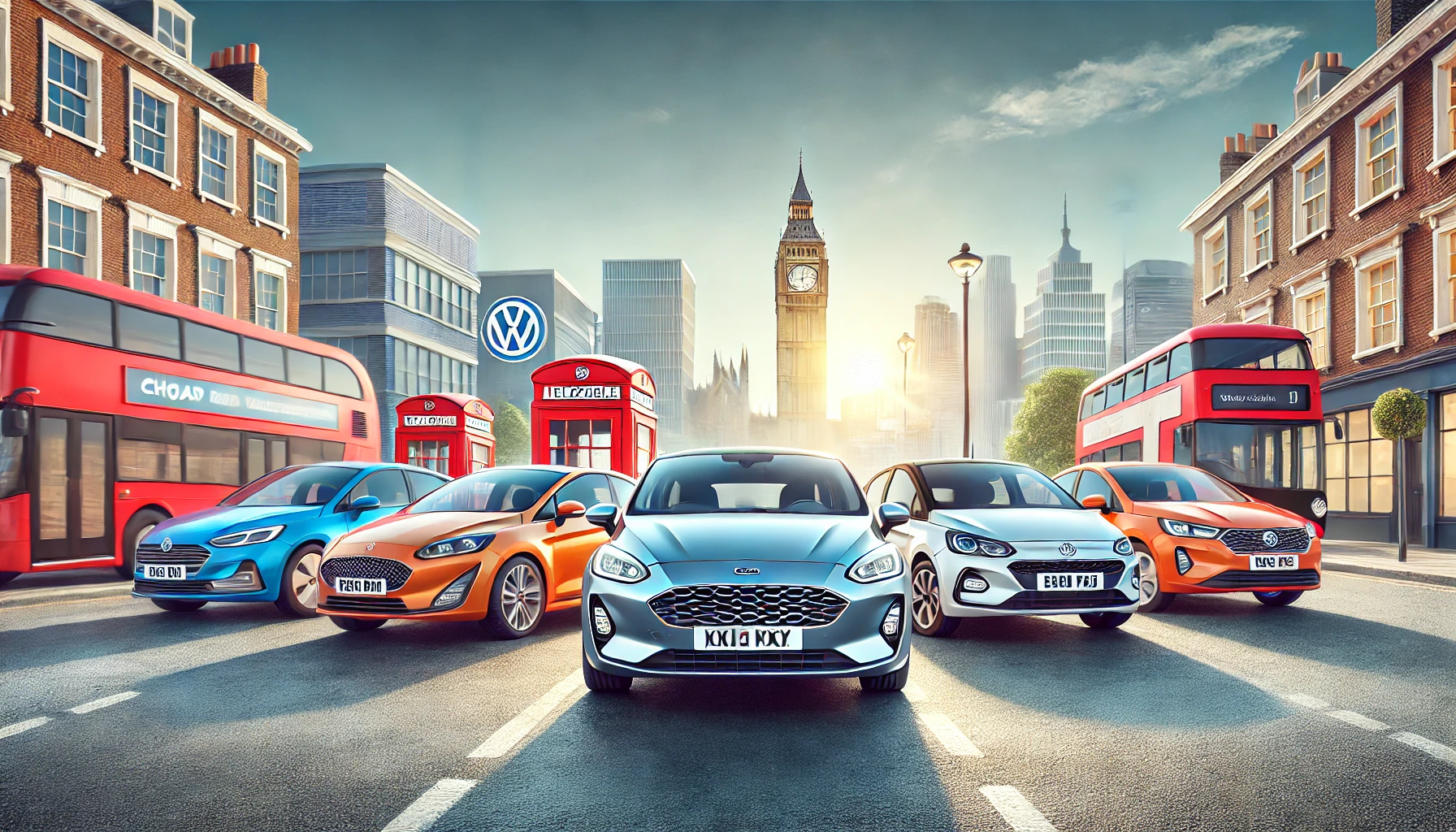💡 Tips for buying a car to get cheaper insurance
- Always check the insurance group rating before you buy. Insurance groups range from Group 1 to Group 50. The cars in Group 1 are usually the cheapest to insure.
- Avoid buying a much older car that doesn't have modern safety and security features. These cars may be considered higher risk and car insurance could cost more.
- Avoid car modifications such as performance and aesthetic mods. These can increase the risk and attract higher insurance rates.
Top 20 Cheap Cars to Insure
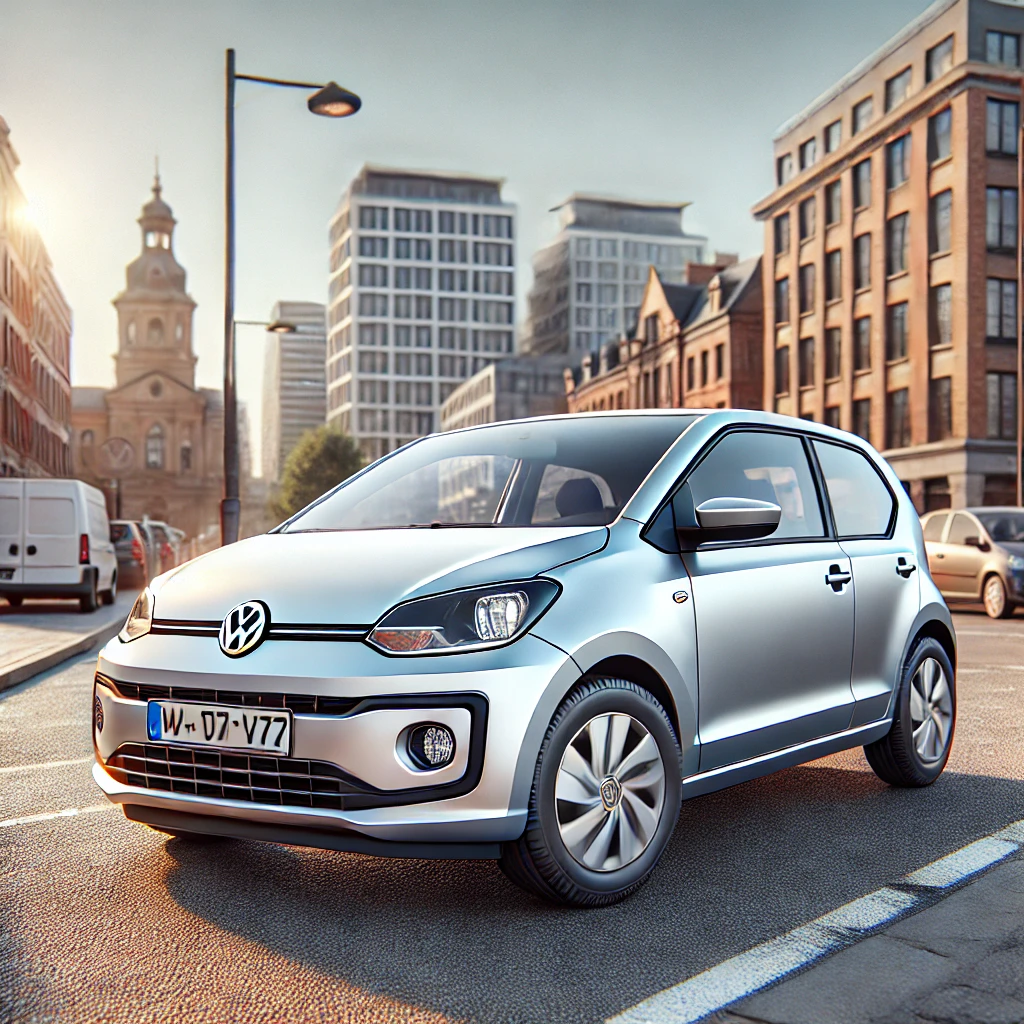
1. Volkswagen Up!
- Good Points: Compact, high safety ratings, fuel-efficient
- Bad Points: Limited interior space, basic features in lower trims
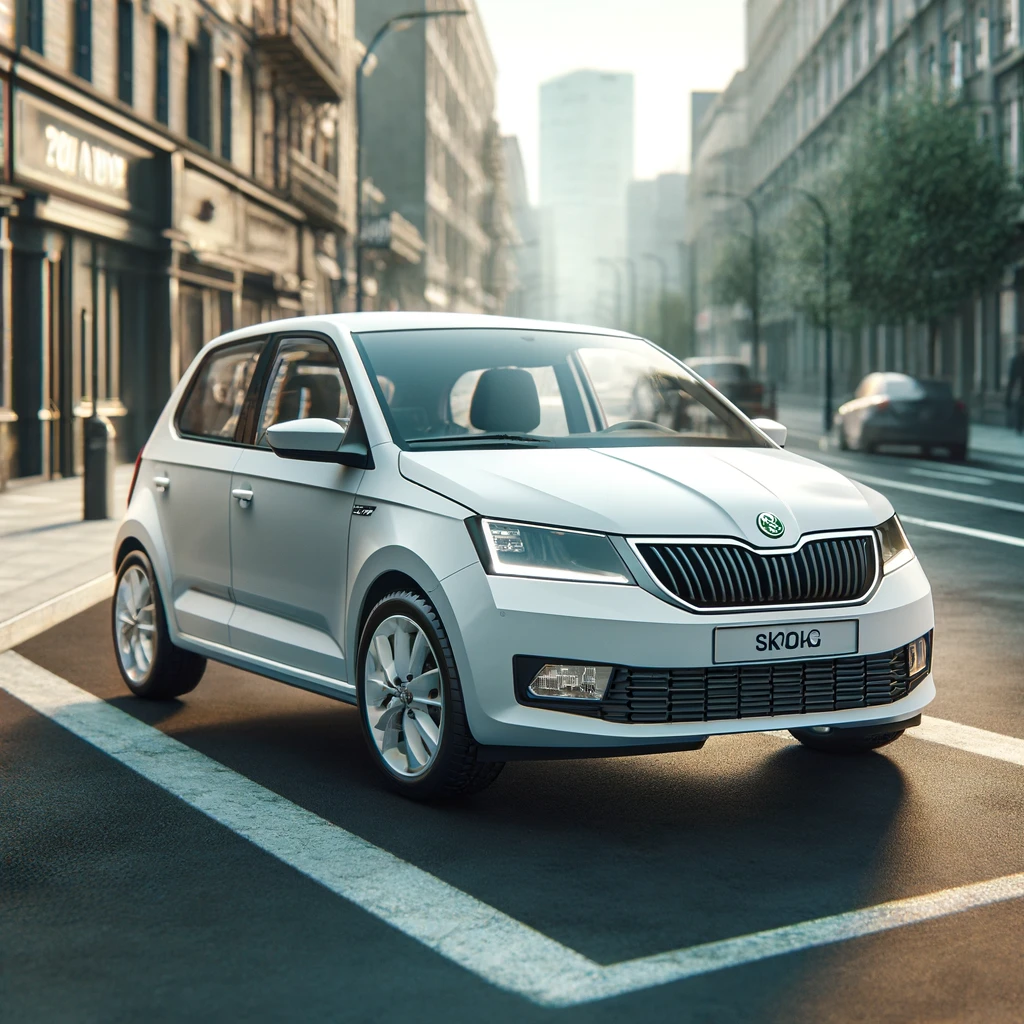
2. Skoda Citigo
- Good Points: Affordable price, reliable, low running costs
- Bad Points: Basic interior, limited space for rear passengers
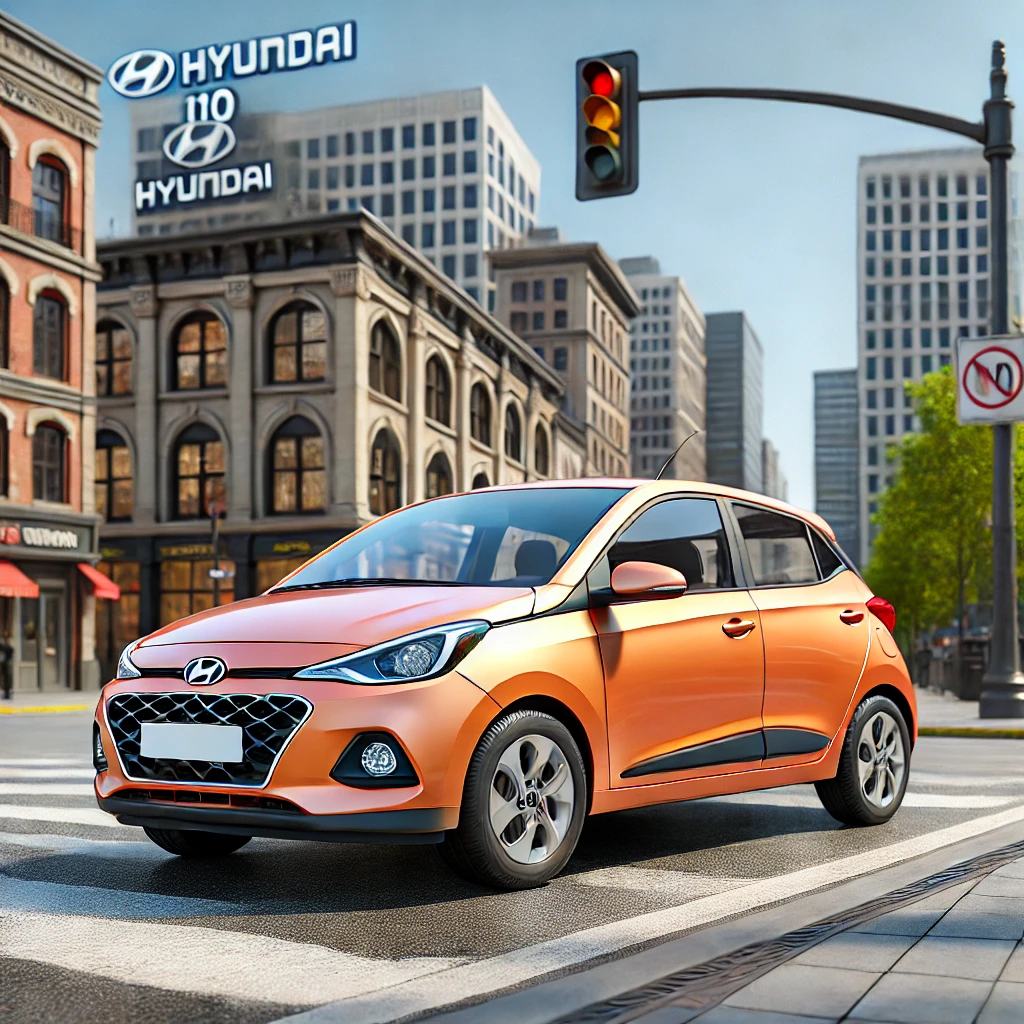
3. Hyundai i10
- Good Points: Excellent reliability, good warranty coverage, comfortable ride
- Bad Points: Limited performance, basic infotainment system
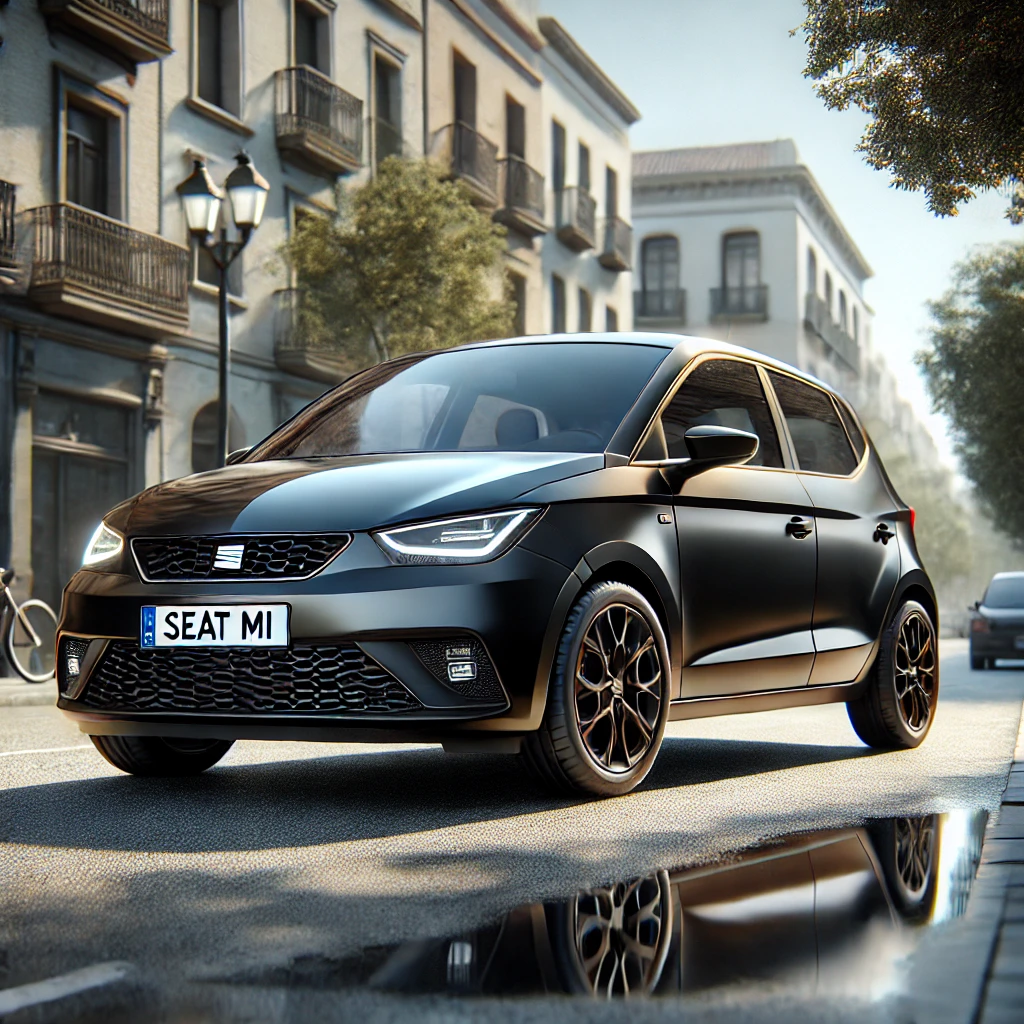
4. SEAT Mii
- Good Points: Economical, easy to drive, good build quality
- Bad Points: Limited boot space, basic interior design
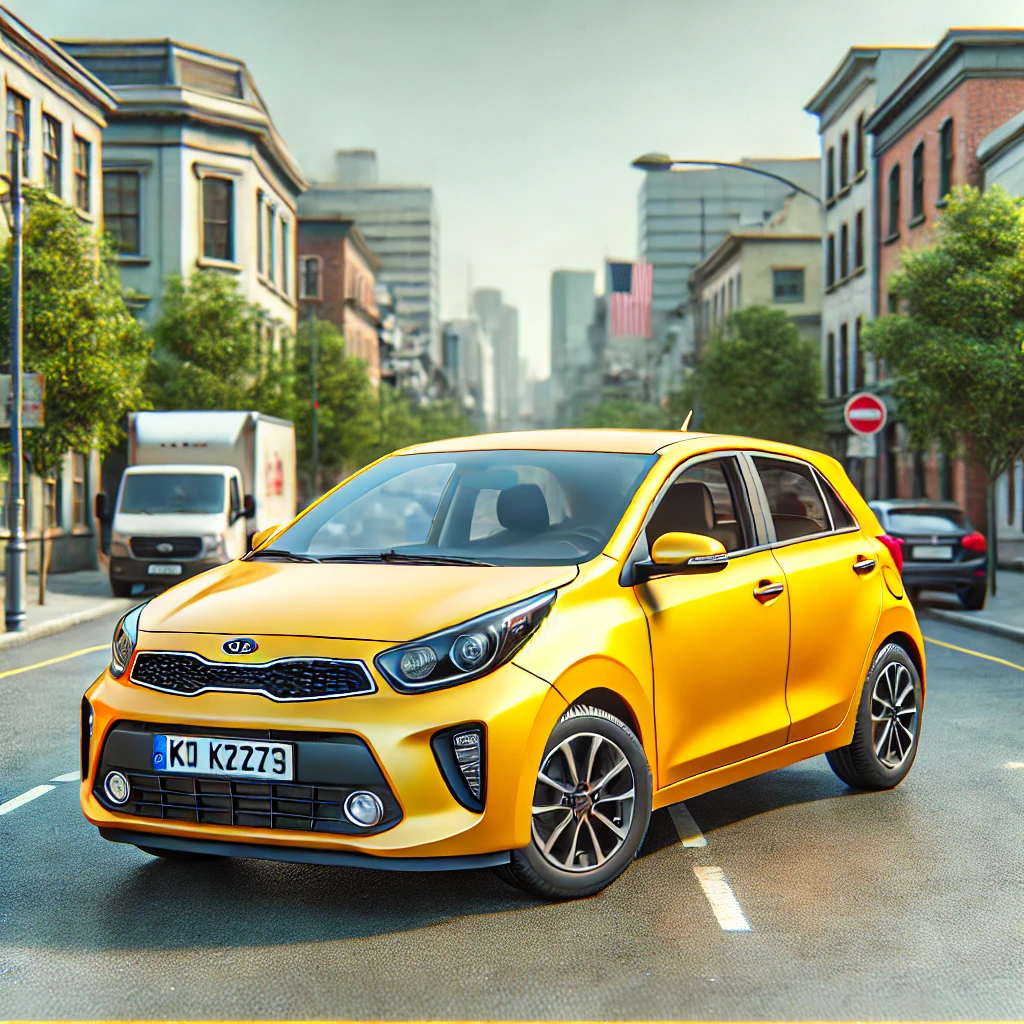
5. Kia Picanto
- Good Points: Generous warranty, stylish design, efficient engines
- Bad Points: Firm ride quality, small boot
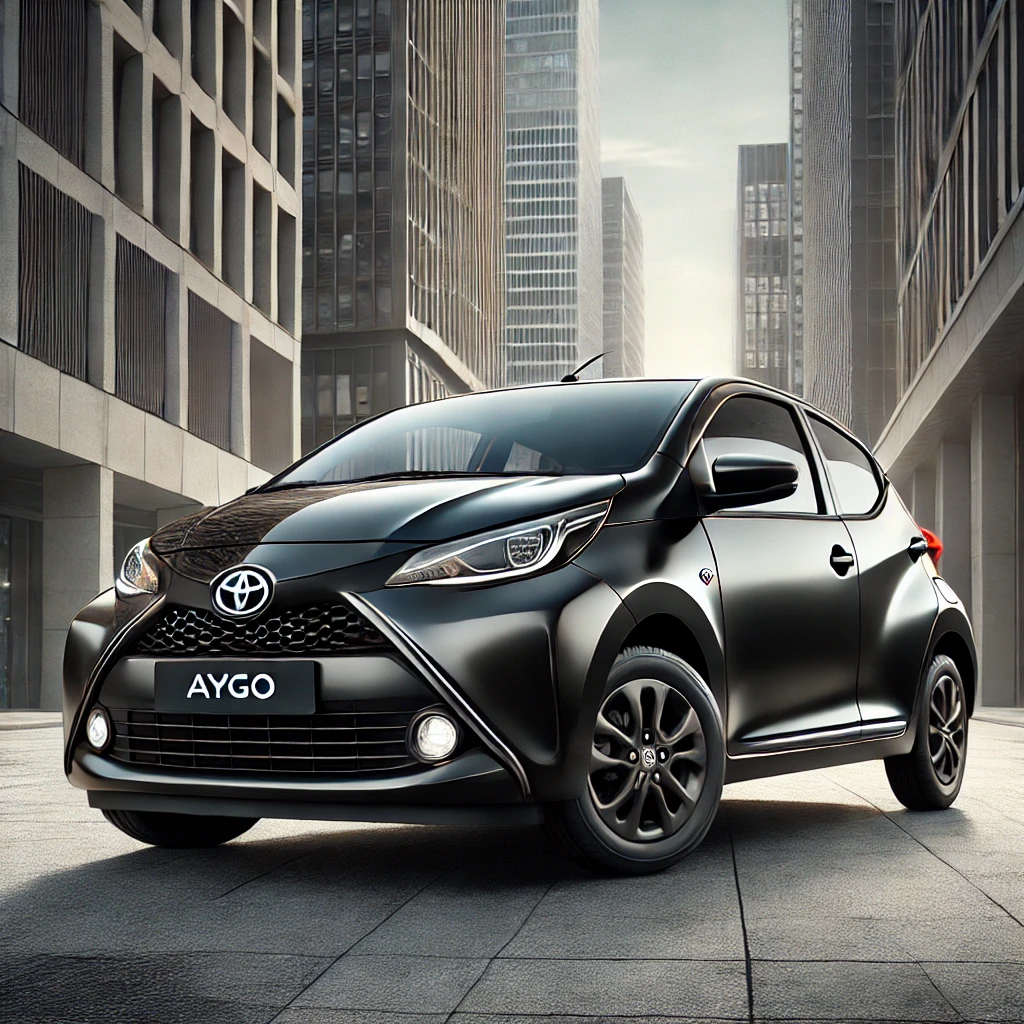
6. Toyota Aygo
- Good Points: Fun to drive, low running costs, reliable
- Bad Points: Limited rear space, basic features in lower trims
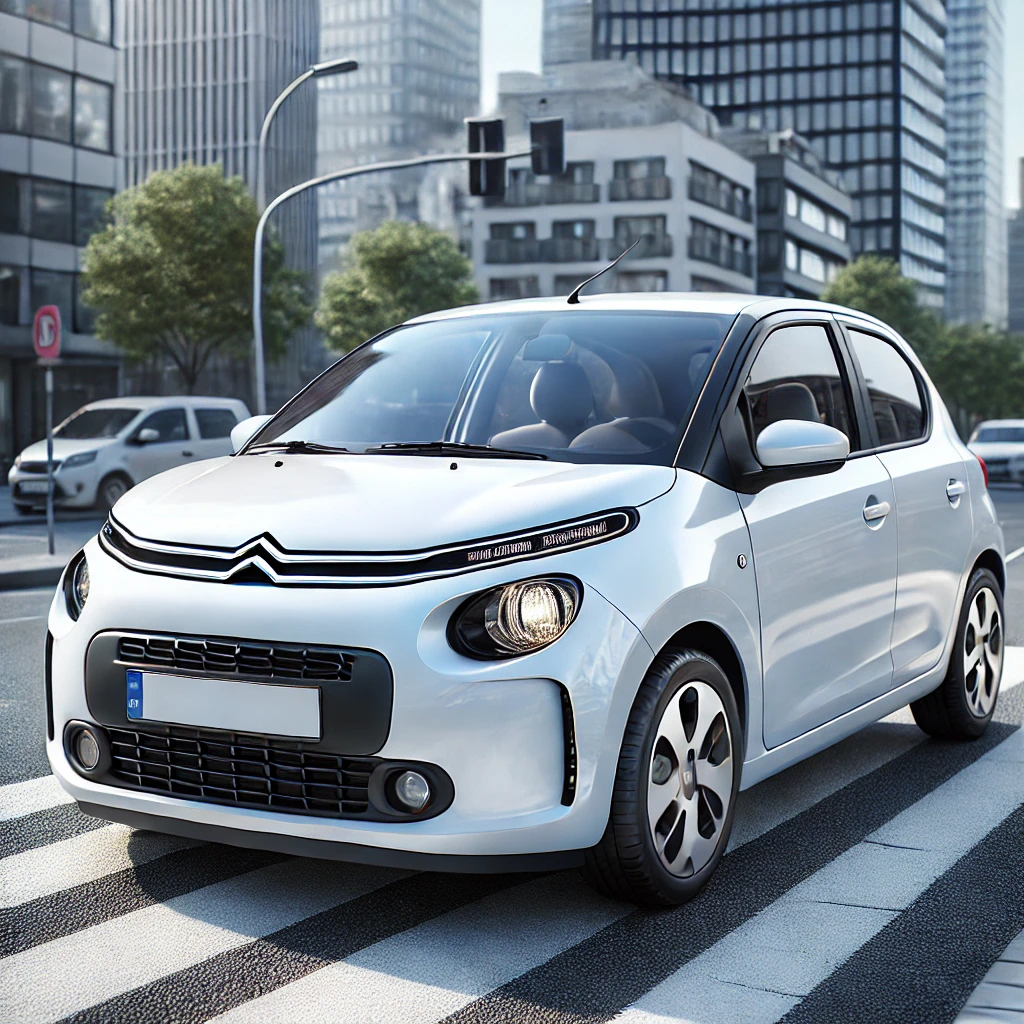
7. Citroen C1
- Good Points: Stylish design, economical, easy to drive
- Bad Points: Small boot space, basic interior materials
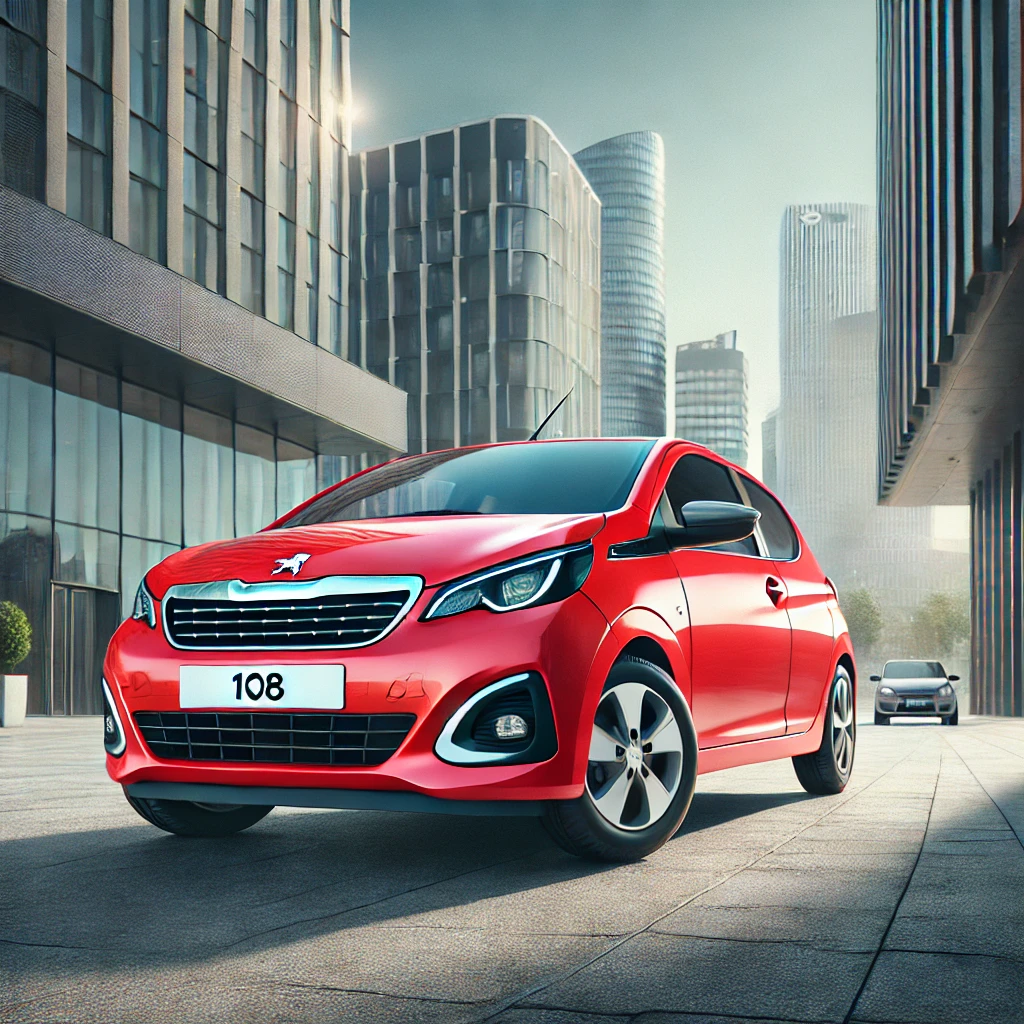
8. Peugeot 108
- Good Points: Attractive design, economical engines, compact size
- Bad Points: Limited power, small boot
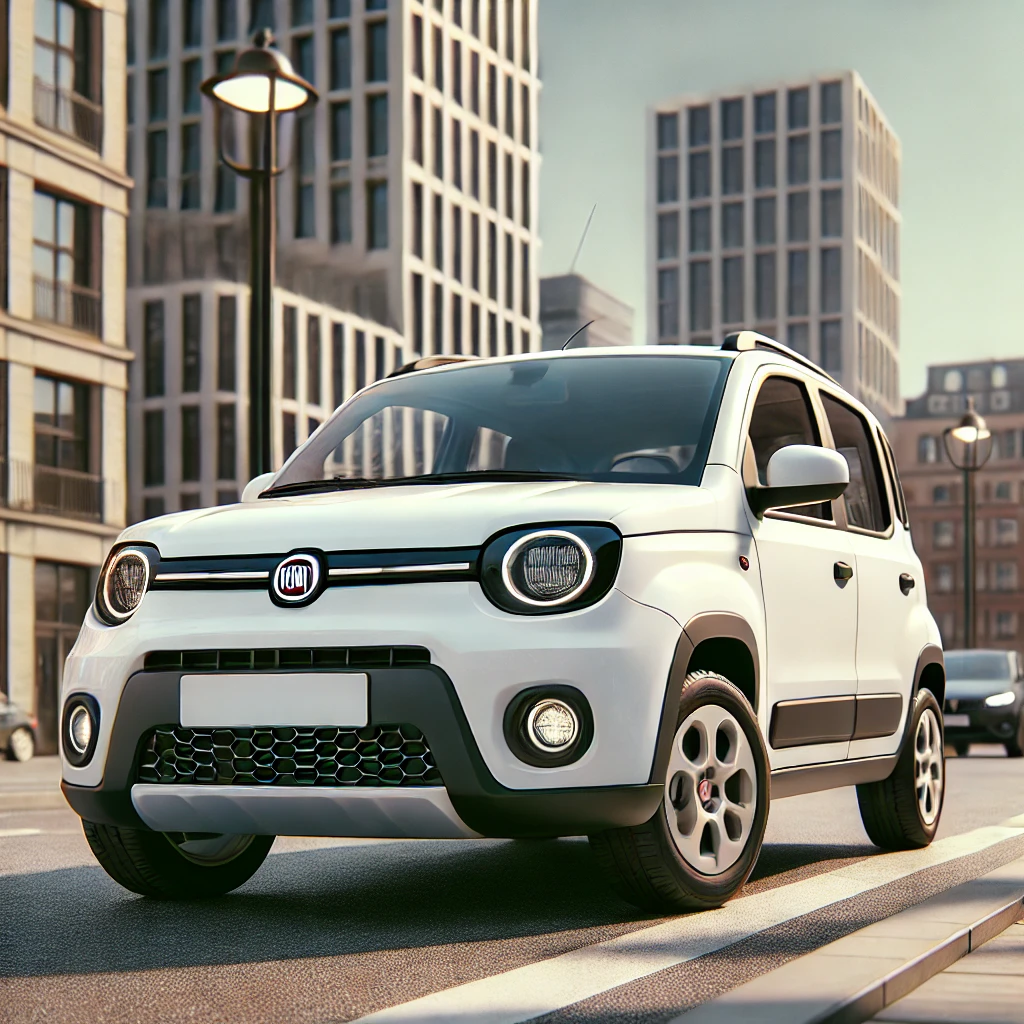
9. Fiat Panda
- Good Points: Practical and spacious, economical, fun to drive
- Bad Points: Basic interior, limited tech features
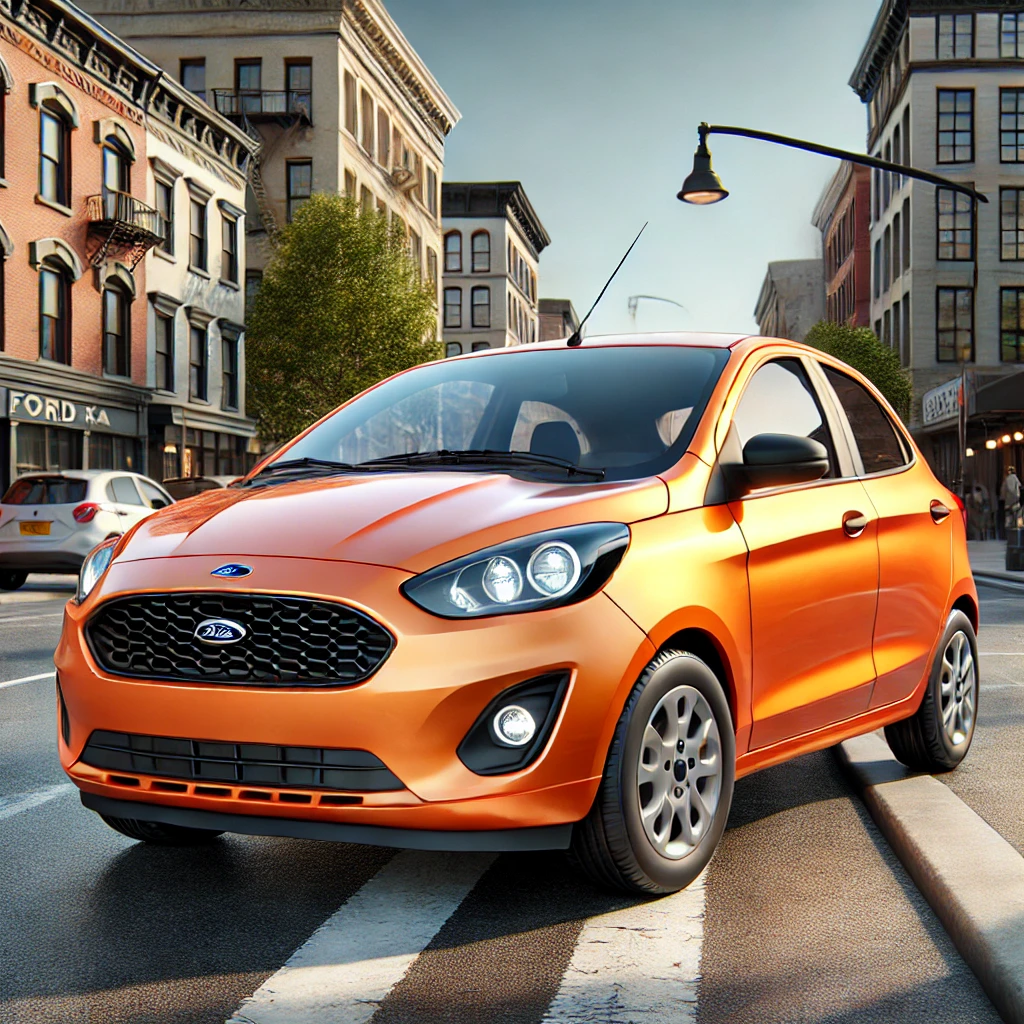
10. Ford KA+
- Good Points: Spacious interior, affordable, good handling
- Bad Points: Basic features, average fuel economy
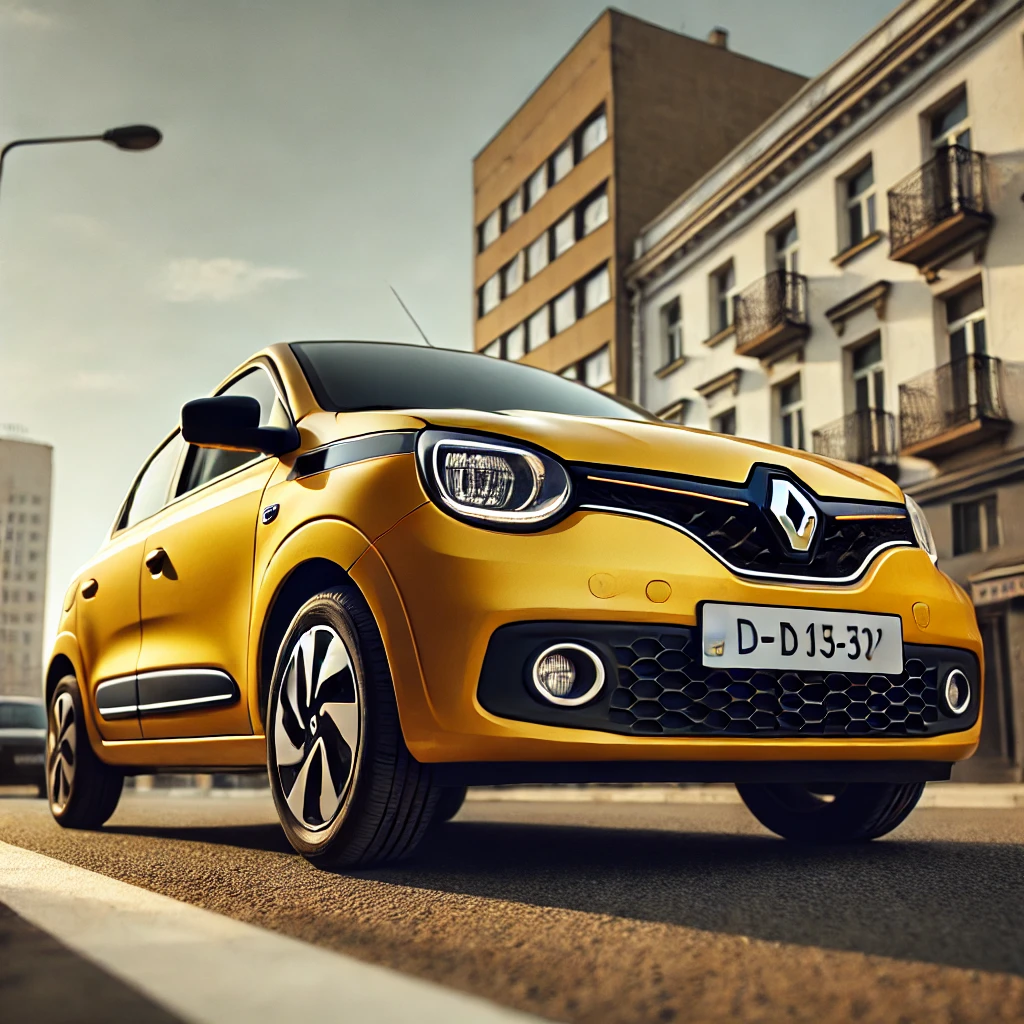
11. Renault Twingo
- Good Points: Nimble handling, economical, unique design
- Bad Points: Limited rear space, basic infotainment system
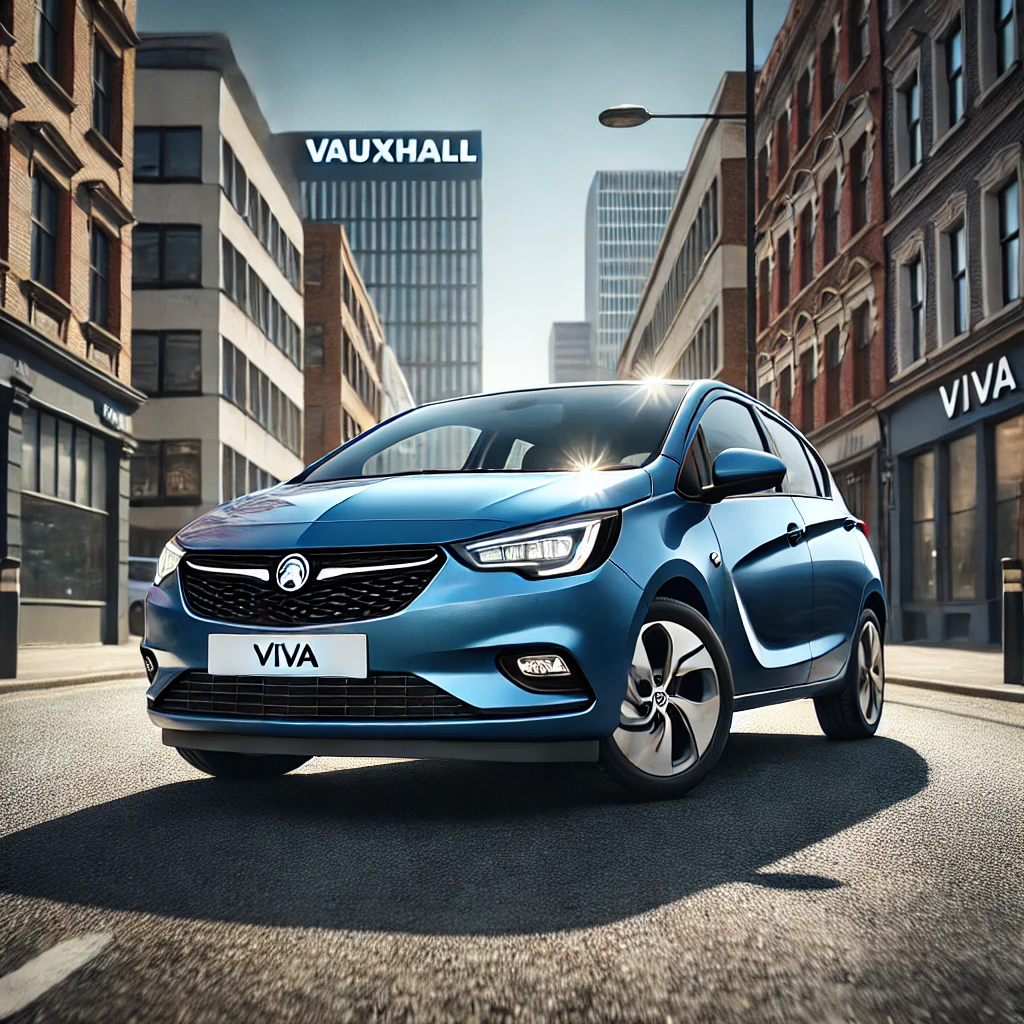
12. Vauxhall Viva
- Good Points: Affordable, easy to drive, low running costs
- Bad Points: Basic interior, limited tech features
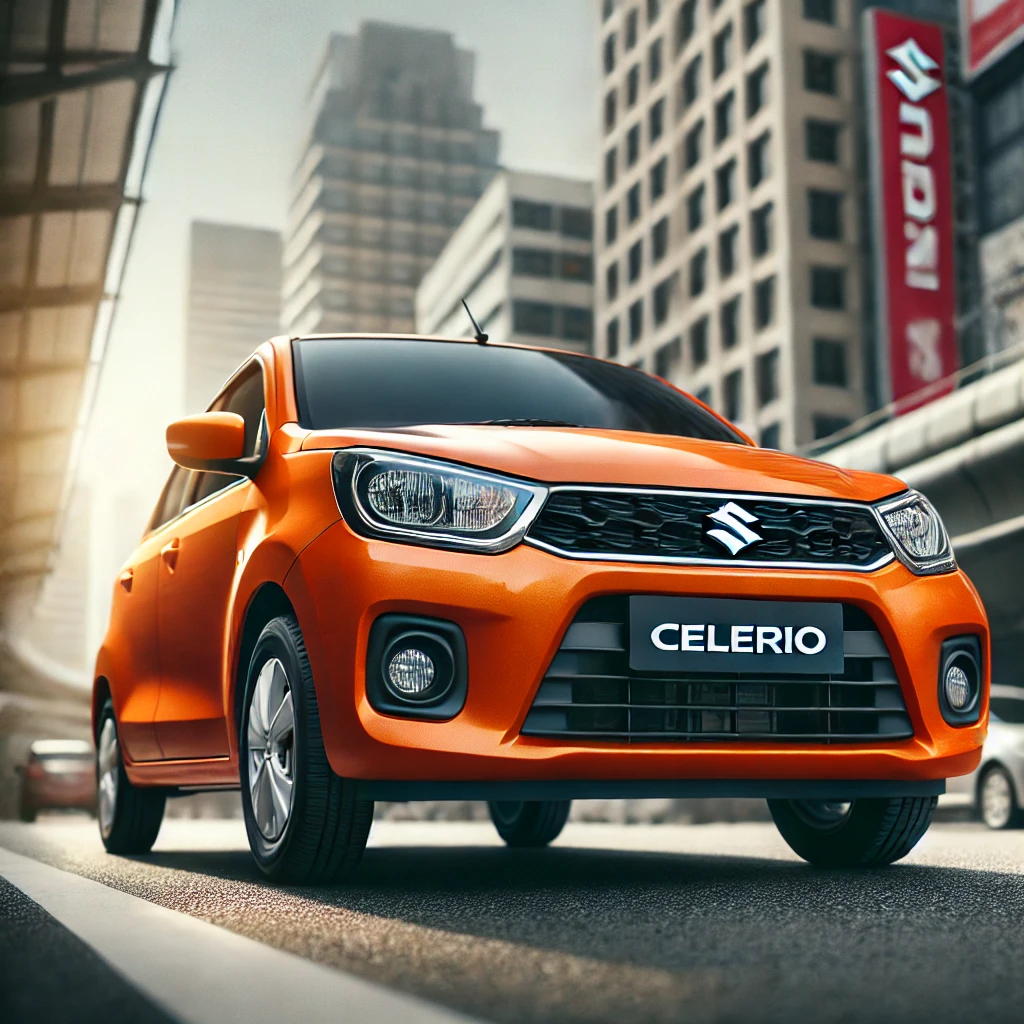
13. Suzuki Celerio
- Good Points: Affordable, spacious interior, fuel-efficient
- Bad Points: Basic features, average build quality
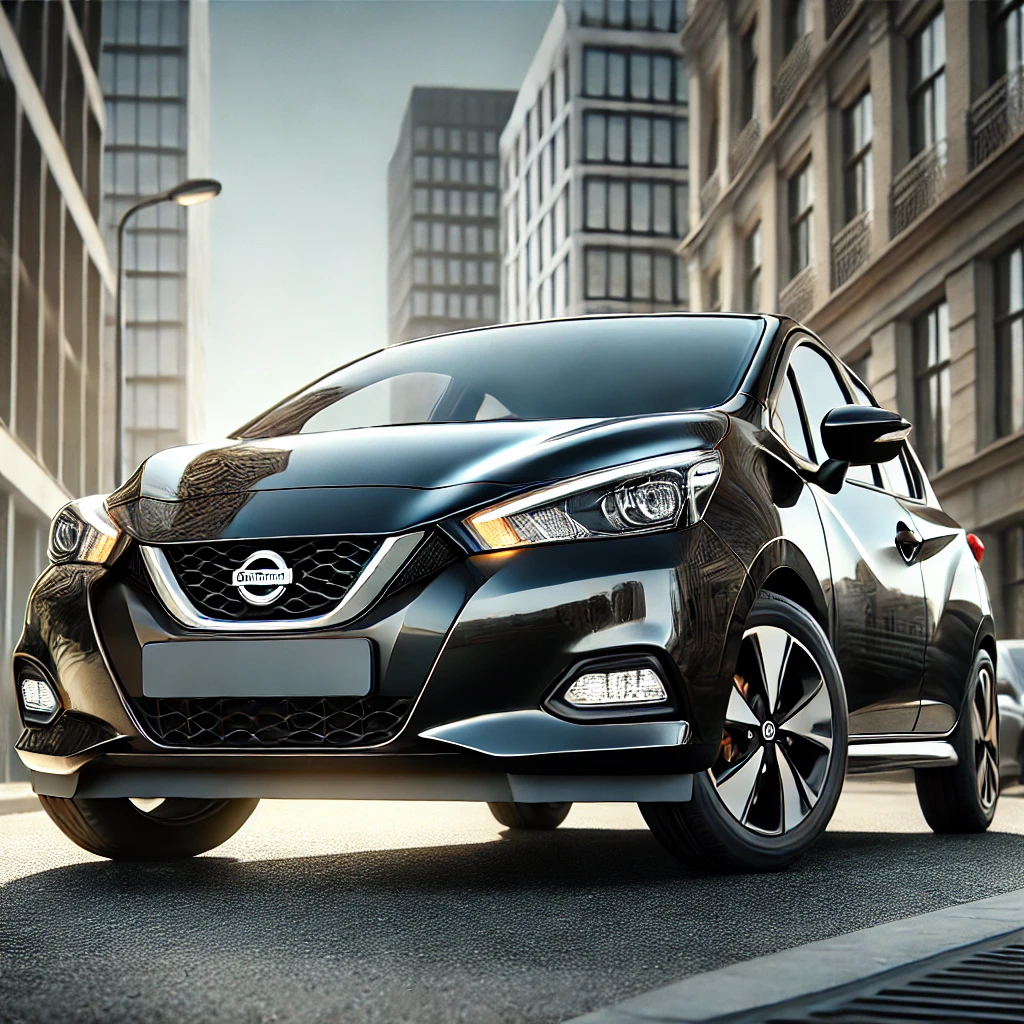
14. Nissan Micra
- Good Points: Stylish design, reliable, good safety features
- Bad Points: Limited rear space, higher trims can be expensive
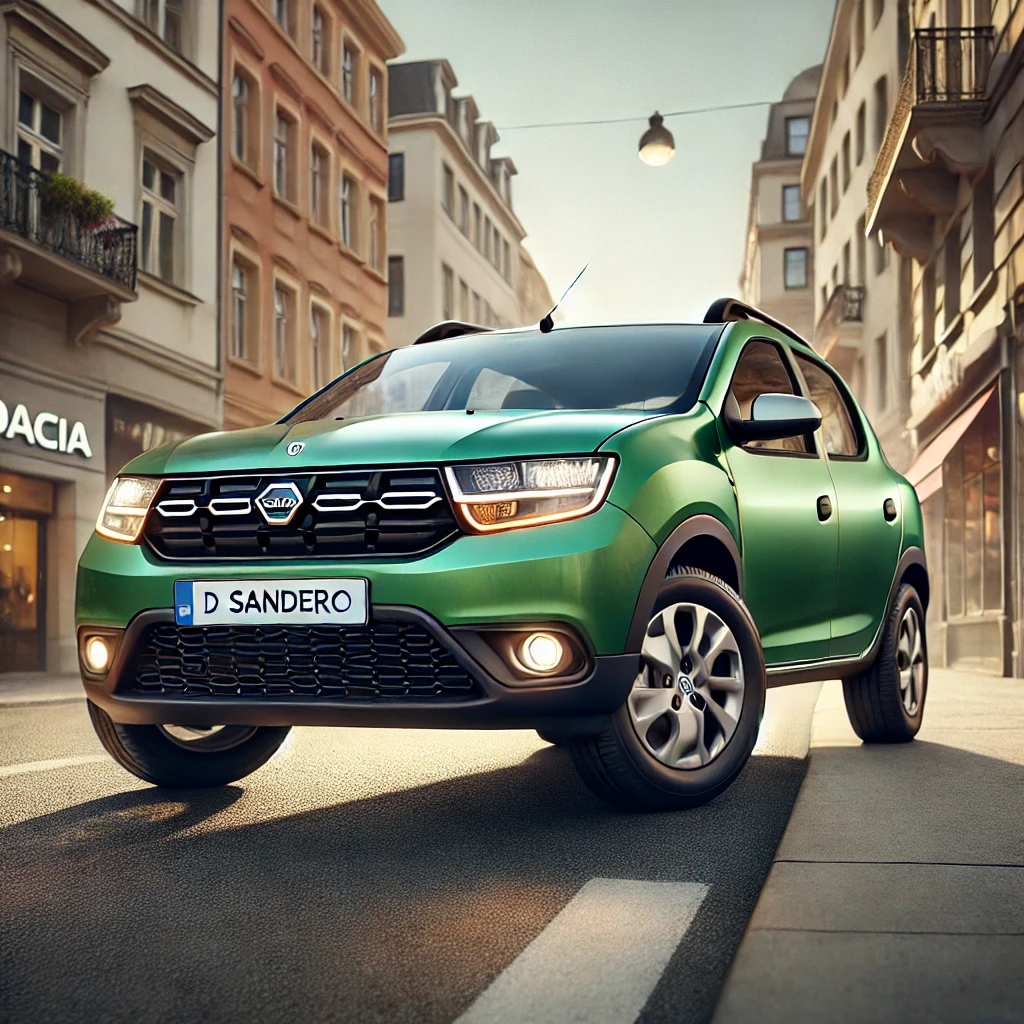
15. Dacia Sandero
- Good Points: Very affordable, practical, low running costs
- Bad Points: Basic interior, limited tech features
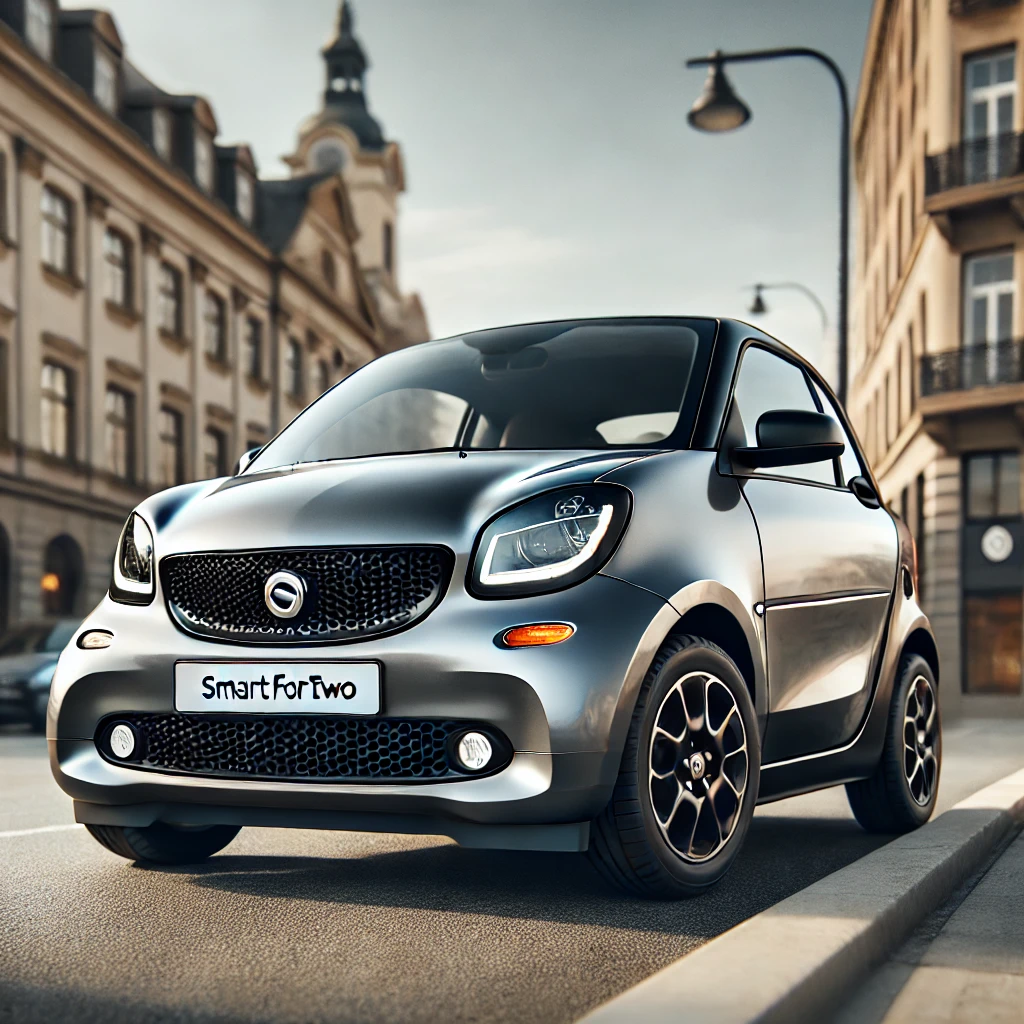
16. Smart ForTwo
- Good Points: Compact, easy to park, efficient performance
- Bad Points: Limited space, not suitable for long journeys
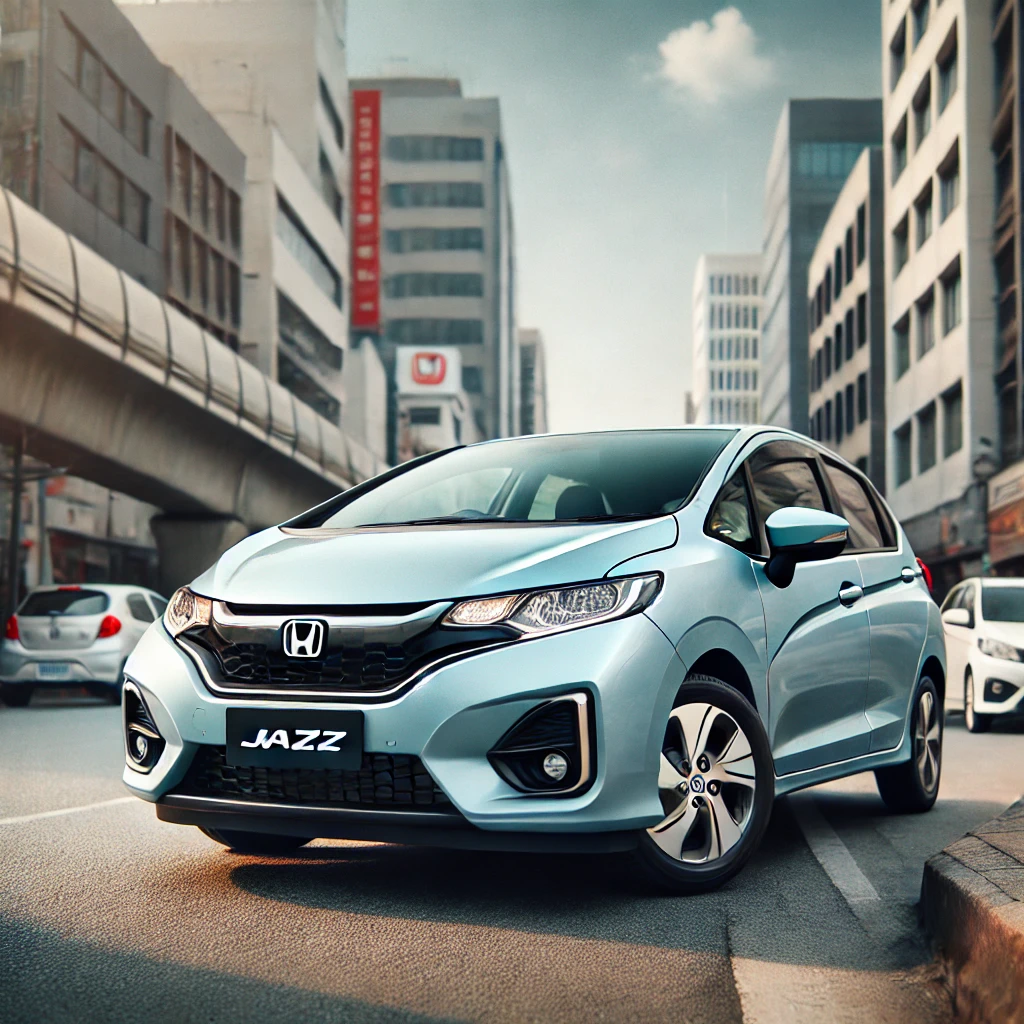
17. Honda Jazz
- Good Points: Spacious, reliable, good safety features
- Bad Points: Basic design, higher trims can be expensive
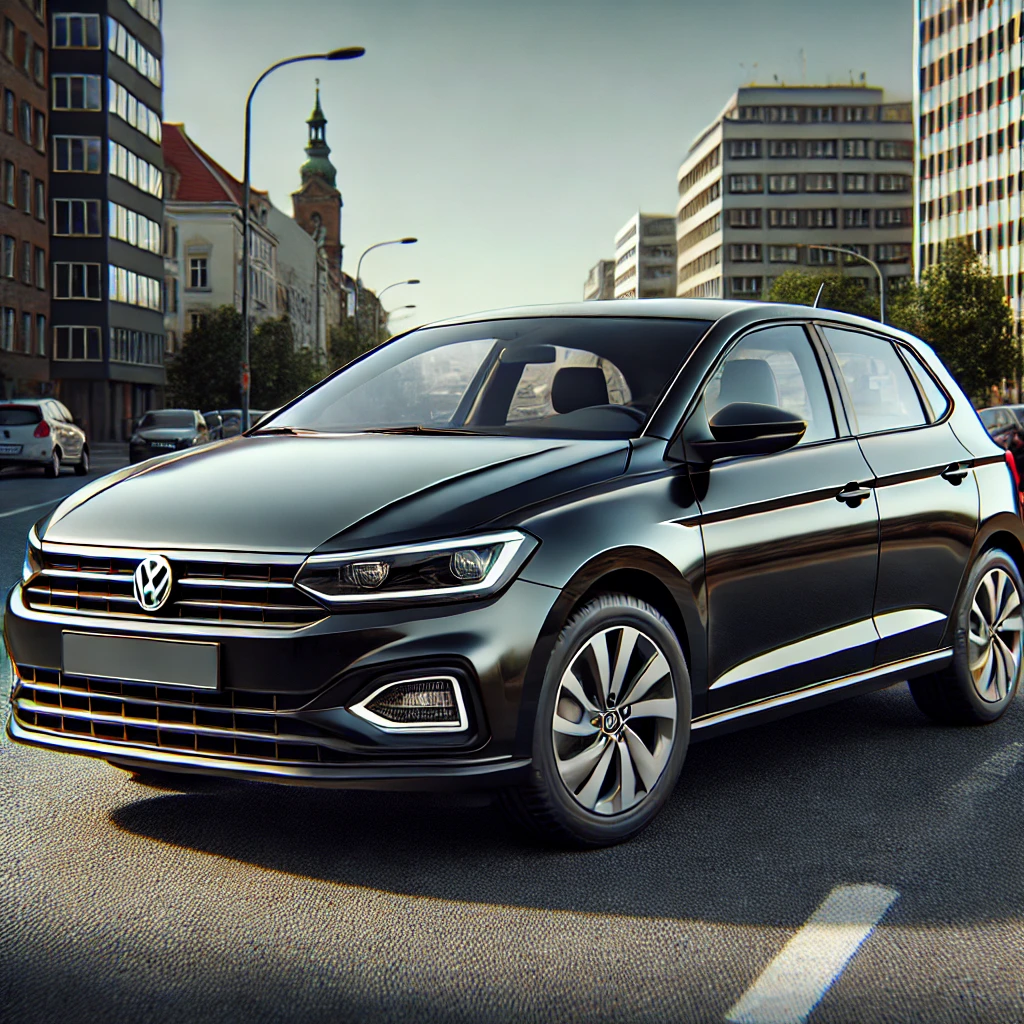
18. Volkswagen Polo
- Good Points: Well-rounded, high quality, affordable
- Bad Points: Limited rear space, higher trims can be expensive
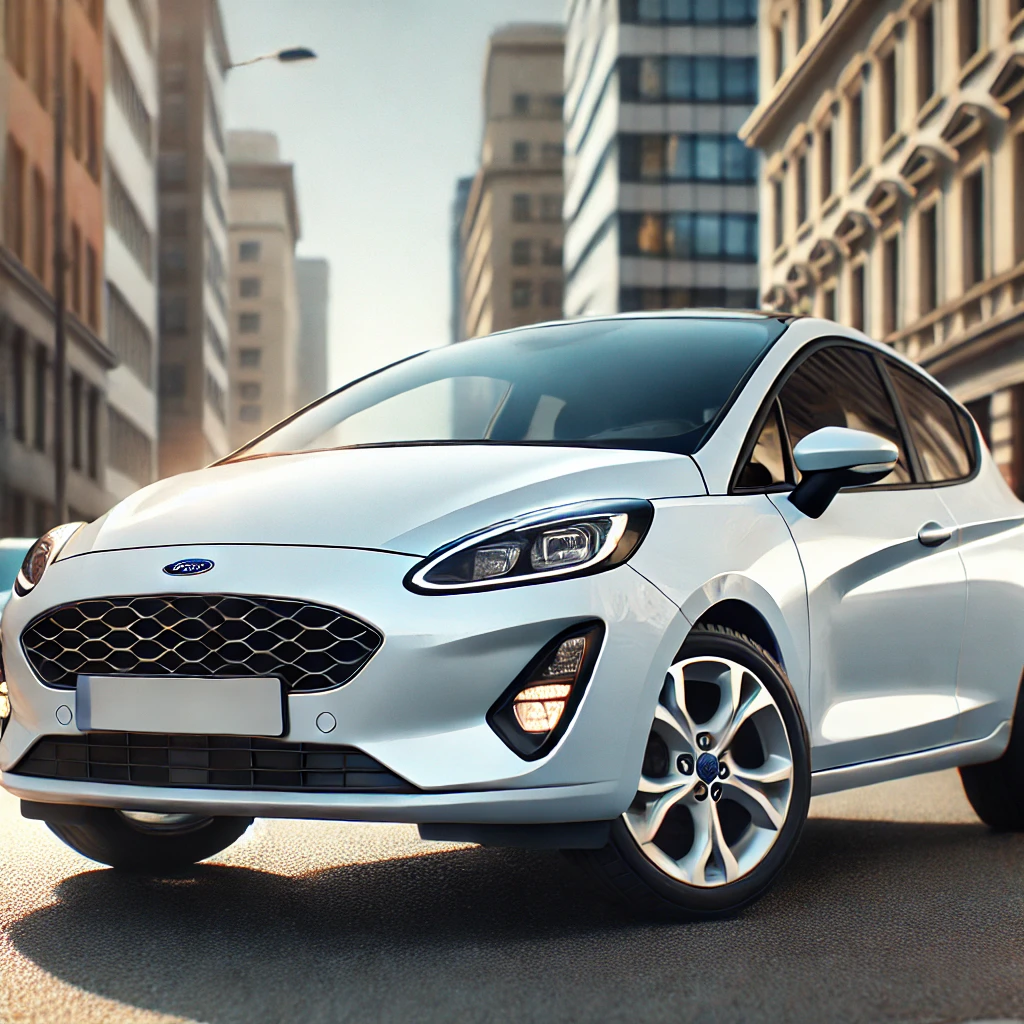
19. Ford Fiesta
- Good Points: Fun to drive, low running costs, popular
- Bad Points: Limited rear space, higher trims can be expensive
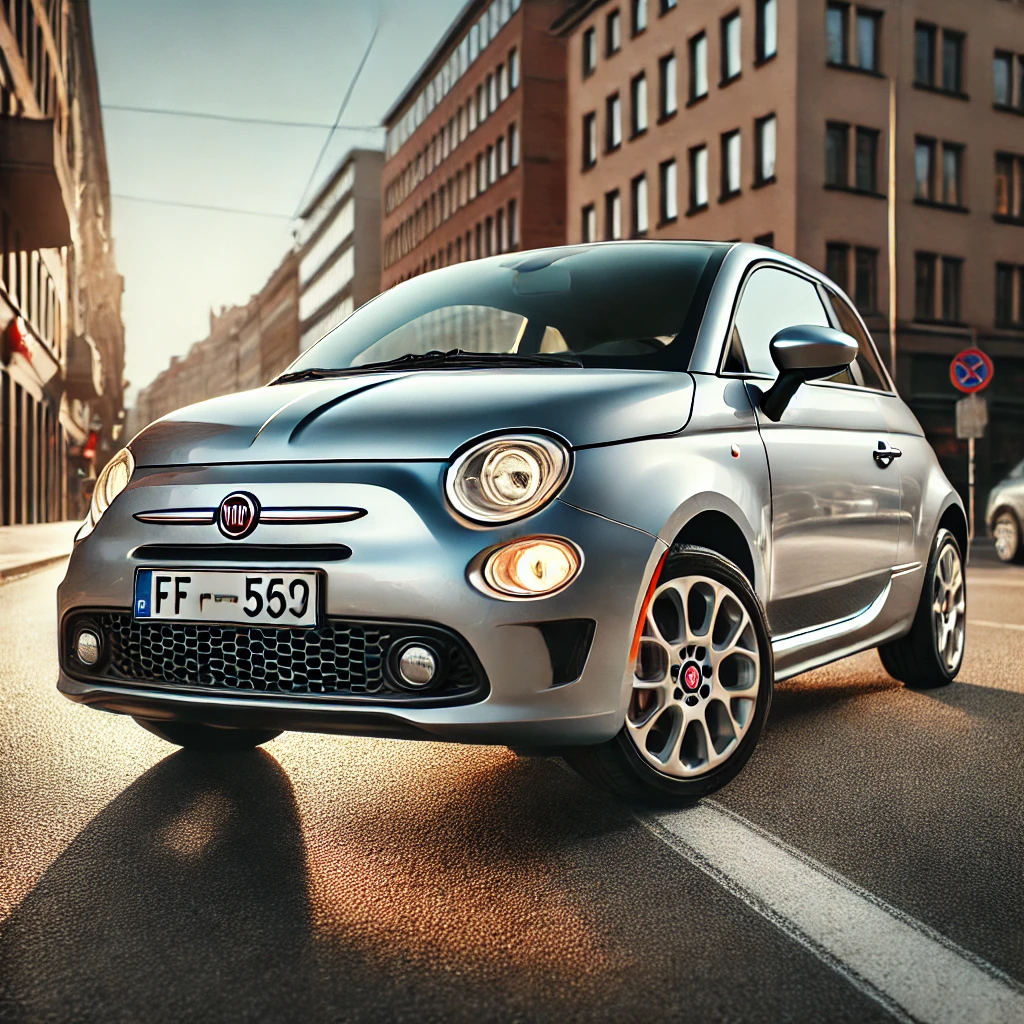
20. Fiat 500
- Good Points: Stylish, iconic design, efficient
- Bad Points: Limited space, higher trims can be expensive
| Rank | Car Model | Reasons |
|---|---|---|
| 1 | Volkswagen Up! | Small size, low repair costs, high safety ratings |
| 2 | Skoda Citigo | Affordable parts, simple design, good safety features |
| 3 | Hyundai i10 | Compact size, reliable, low maintenance costs |
| 4 | SEAT Mii | Low cost of ownership, efficient fuel economy, compact design |
| 5 | Kia Picanto | Affordable to buy and maintain, high reliability, small engine sizes |
| 6 | Toyota Aygo | Excellent fuel efficiency, reliable, low repair costs |
| 7 | Citroen C1 | Budget-friendly, small engine, economical on fuel |
| 8 | Peugeot 108 | Low running costs, compact size, affordable parts |
| 9 | Fiat Panda | Low maintenance, affordable to repair, good fuel efficiency |
| 10 | Ford KA+ | Inexpensive parts, simple and reliable design, compact size |
| 11 | Renault Twingo | Economical on fuel, small size, affordable parts |
| 12 | Vauxhall Viva | Affordable to maintain, good fuel economy, compact design |
| 13 | Suzuki Celerio | Low running costs, reliable, economical |
| 14 | Nissan Micra | High reliability, small engine, affordable maintenance |
| 15 | Dacia Sandero | Extremely affordable, low cost of ownership, economical |
| 16 | Smart ForTwo | Very compact, low running costs, economical |
| 17 | Honda Jazz | Reliable, economical, low maintenance costs |
| 18 | Volkswagen Polo | High safety ratings, reliable, affordable maintenance |
| 19 | Ford Fiesta | Widely available parts, reliable, good safety features |
| 20 | Fiat 500 | Low running costs, compact size, affordable parts |
Disclaimer: The data and insights in this table are derived from our own research efforts and knowledge. While we strive for accuracy, please consult authoritative sources for verification before making any decisions based on this information. Always confirm details with your current and/or prospective insurance provider.
Why Low Insurance Group Cars Are Cheaper for Young Drivers to Insure
Insurance premiums for young drivers can be notoriously high. However, opting for a low insurance group rated car can significantly reduce these costs.
What Are Insurance Groups?
Insurance groups are a classification system used by insurance companies to determine the risk associated with insuring a particular vehicle. Cars are assigned to one of 50 groups, with group 1 being the cheapest to insure and group 50 the most expensive. This classification is based on numerous factors, including the car's performance, safety features, and repair costs.

Factors Determining Insurance Group
| Factor | Description |
|---|---|
| Damage and Parts Costs | The cost of parts and the extent of damage in common accidents. Cheaper, readily available parts typically lower the group rating. |
| Repair Costs and Times | The time and expense required to repair a vehicle. Longer, more expensive repairs result in higher group ratings. |
| New Car Value | The price of the vehicle when new, reflecting the cost of replacement in case of a total loss. |
| Performance | Factors such as acceleration (0-60 mph time), top speed, and engine size. Higher performance cars generally have higher group ratings due to increased accident risk. |
| Safety Features | Presence of safety technologies like Autonomous Emergency Braking (AEB) reduces accident risk, leading to lower group ratings. |
| Security Features | Built-in security measures such as alarms, immobilizers, and high-security locks reduce theft risk, potentially lowering group ratings. |
| Bumper Compatibility | The design and durability of bumpers, which can affect repair costs in minor accidents. Cars with bumpers designed to minimize damage and cost are rated lower. |
| Environmental Impact | Emissions and fuel efficiency can influence group ratings, with environmentally friendly cars sometimes receiving lower ratings. |
| Manufacturer's Repair Network | Availability and efficiency of the manufacturer's approved repair network. Well-established networks can help lower repair costs and group ratings. |
| Standard Features | Standard fitment of additional features such as entertainment systems, which can affect theft risk and repair costs. |
Why Young Drivers Face Higher Insurance Costs
Lack of Experience
Young drivers are often seen as high-risk due to their limited driving experience. This lack of experience can lead to a higher likelihood of accidents, making insurance more expensive.
Higher Accident Rates
Statistics show that young drivers are more likely to be involved in accidents compared to older, more experienced drivers. This increased risk translates into higher insurance premiums.
Increased Risk of Theft
Certain cars are more attractive to thieves, and young drivers may be more likely to own such vehicles. However, low group cars are typically less appealing to car thieves, contributing to lower insurance premiums.
Benefits of Low Group Cars for Young Drivers
Reduced Premiums
The most significant benefit of choosing a low group car is the reduced insurance premiums. Since these cars are cheaper to insure, young drivers can save a considerable amount on their insurance costs.
Lower Repair and Maintenance Costs
Low group cars generally have lower repair and maintenance costs, making them more affordable to own and maintain. This not only reduces the overall cost of ownership but also contributes to lower insurance premiums.
Enhanced Safety
Many low group cars are equipped with modern safety features that can prevent accidents and injuries. These features not only protect young drivers but also reduce the risk for insurance companies, leading to lower premiums.
Improved Driving Habits
Driving a lower-powered car can encourage young drivers to adopt safer driving habits. With less temptation to speed or engage in risky driving behaviors, young drivers can build a safe driving record, which can further reduce insurance costs over time.
Considerations for Young Drivers
When selecting a low group car, young drivers should consider factors such as fuel efficiency, safety features, and overall cost of ownership. Additionally, it's important to check the specific insurance group of any potential car to ensure it falls within the lower range.
Conclusion
For young drivers looking to save on insurance costs, opting for a low group car is a smart choice. These vehicles offer numerous benefits, including reduced premiums, lower repair and maintenance costs, and enhanced safety. By understanding the factors that influence insurance premiums and choosing a suitable low group car, young drivers can enjoy affordable and secure driving experiences.
By making informed decisions about their vehicle choices, young drivers can significantly reduce their insurance costs and enjoy the freedom of the road without breaking the bank.
FAQs on Cheap Cars to Insure
Smaller cars tend to cause less damage in accidents, reducing the insurance risk. They often have fewer parts and are simpler to repair, leading to lower insurance claims.
Cars with advanced safety features like automatic emergency braking and lane-keeping assist can prevent accidents, reducing the likelihood of claims. High safety ratings mean fewer injuries in an accident, which lowers the medical payout by insurers.
Cars with readily available and affordable parts are cheaper to repair, which translates into lower insurance claims and premiums. Quicker repair times reduce costs associated with replacement vehicles or rental cars.
Fuel-efficient cars often encourage less driving, which can lead to fewer accidents and lower insurance costs. Drivers of fuel-efficient cars may adopt more economical driving habits, which are associated with lower accident rates.
Popular cars have a larger market for parts, making repairs cheaper and quicker. Insurers have more data on popular cars, allowing for more accurate risk assessment and often resulting in lower premiums.
Cars that are less attractive to thieves or have strong anti-theft measures are cheaper to insure because the risk of theft claims is lower. Cars equipped with alarms, immobilizers, and tracking systems deter theft and lower insurance costs.
Cars with smaller engines are less likely to be involved in high-speed accidents, reducing the risk for insurers. Smaller engines are cheaper to maintain and repair, lowering the overall insurance cost.
The Ford Fiesta is very popular, so parts are readily available and affordable. It is also known for its reliability, which reduces the frequency of insurance claims.
Cars that can be repaired quickly reduce the costs associated with rental cars or replacement vehicles, which insurers consider when setting premiums. Easier and faster repairs often translate to lower labor costs, contributing to cheaper insurance.
Cars like the Volkswagen Up! and Toyota Aygo are often used in urban environments where speeds are lower, resulting in fewer severe accidents and lower insurance costs. Owners of economical cars may tend to drive more cautiously to maximize fuel efficiency, leading to fewer claims and lower premiums.

